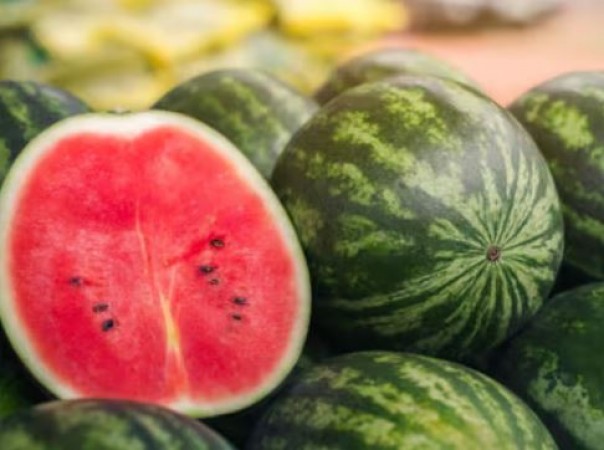
In recent times, there has been a growing concern among consumers regarding the presence of chemicals in fruits, particularly watermelons. As one of the most beloved summer fruits, watermelons are enjoyed by millions around the world for their refreshing taste and hydrating properties. However, the use of chemicals in their cultivation and preservation has raised questions about their safety for consumption.
Understanding the Risks
Chemicals such as pesticides and preservatives are commonly used in agriculture to protect crops from pests and extend their shelf life. While these chemicals serve a purpose in ensuring a successful harvest and minimizing food wastage, their excessive use or improper application can have adverse effects on human health.
Potential Health Impacts
Consuming watermelons that have been treated with harmful chemicals can pose various health risks. Pesticide residues on the skin or within the fruit can contaminate the flesh, leading to potential health issues upon ingestion. Moreover, certain preservatives may have toxic properties that can accumulate in the body over time, contributing to long-term health problems.
Regulatory Measures
Recognizing the importance of food safety, regulatory bodies such as the Food Safety and Standards Authority of India (FSSAI) have been actively involved in monitoring and regulating the use of chemicals in food production. The FSSAI sets standards for permissible levels of pesticide residues and other contaminants in fruits, including watermelons, to ensure consumer safety.
Identification of Chemical Residues
To address concerns about chemicals in watermelons, the FSSAI has provided guidelines for consumers to identify fruits that may have been treated with harmful substances. By following these methods, consumers can make informed choices and mitigate potential risks associated with chemical contamination.
FSSAI's Method of Identification
The FSSAI recommends the following steps for identifying watermelons with chemical residues:
Visual Inspection: Examine the outer surface of the watermelon for any signs of irregularities such as discoloration, spots, or blemishes. These may indicate the presence of pesticide residues or other contaminants.
Smell Test: Take a whiff of the watermelon. A strong chemical odor or unusual smell may suggest the use of preservatives or ripening agents.
Tap Test: Gently tap the watermelon with your fingers and listen for a hollow sound. A dull thud may indicate that the fruit has been injected with water or other substances to increase its weight.
Check for Labels: Look for labels or stickers on the watermelon indicating its origin, cultivation methods, and any certifications for organic or pesticide-free produce.
Purchase from Reliable Sources: Buy watermelons from trusted vendors, farmers' markets, or certified organic stores that adhere to quality standards and regulations.
In conclusion, while the presence of chemicals in watermelons is a legitimate concern, consumers can take proactive measures to minimize their exposure to harmful substances. By following the identification methods recommended by the FSSAI and making informed purchasing decisions, individuals can enjoy the nutritional benefits of watermelons without compromising their health and well-being.
5 Weirdest Things in the World That Will Blow Your Mind
From Fried Stones to Fish Eyes: Unveiling the 7 Weirdest Breakfasts Around the World